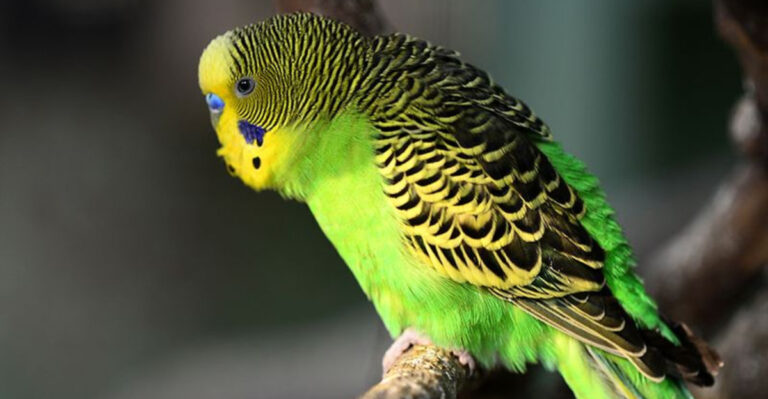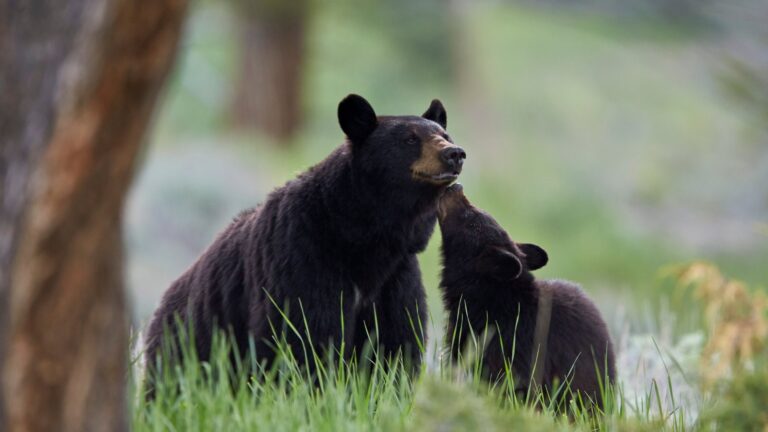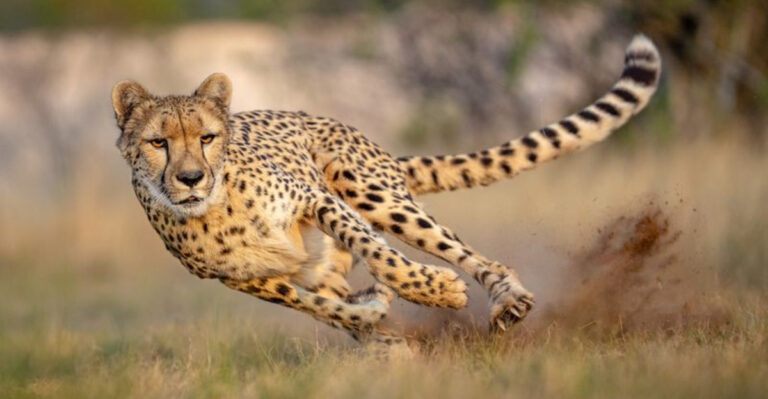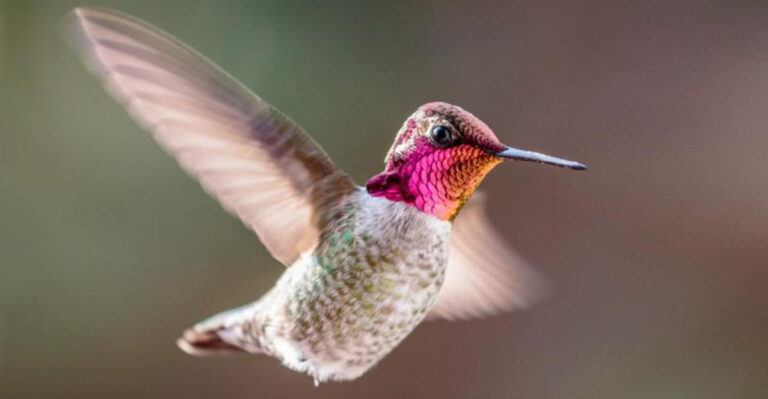15 Foods Brown Bears Crave And Commonly Eat
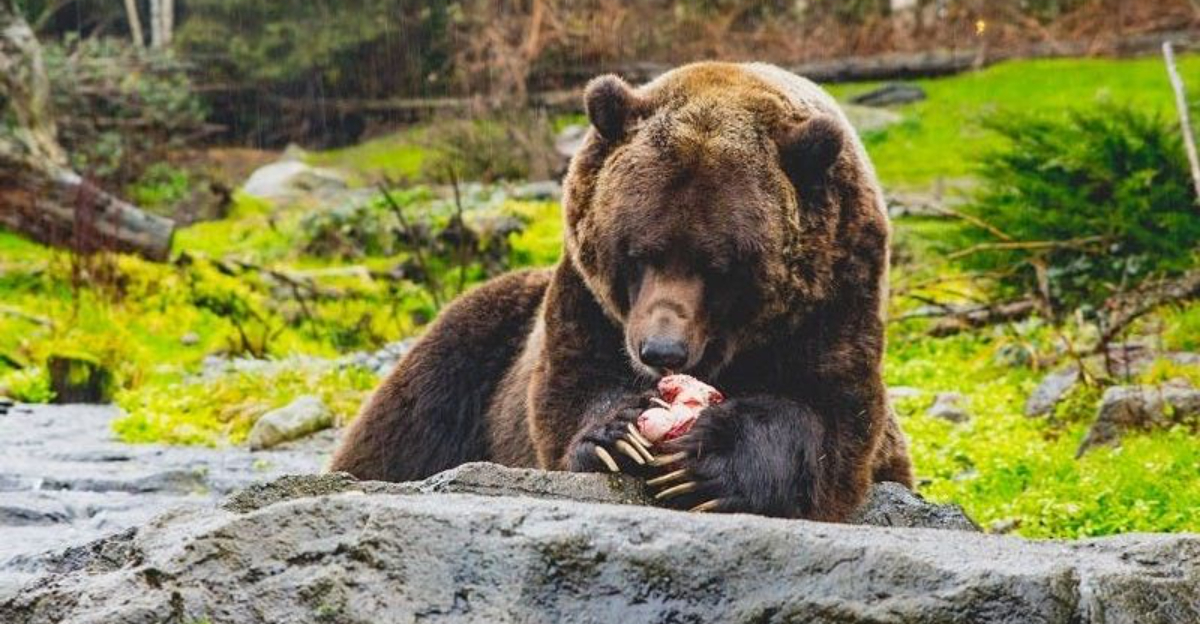
Brown bears are nature’s ultimate opportunistic eaters, with appetites that change with the seasons.
These massive mammals need to consume thousands of calories daily, especially before hibernation when they must build up fat reserves. Their diverse diet spans everything from berries to large mammals, showcasing their remarkable adaptability in various habitats.
1. Salmon

When salmon swim upstream to spawn, brown bears position themselves at river bends for an epic protein buffet. They’ll stand motionless in rushing water, then strike with lightning speed to catch these nutritious fish.
A single bear can consume up to 90 pounds of salmon in a day during peak season, providing crucial fat reserves for winter hibernation.
2. Berries
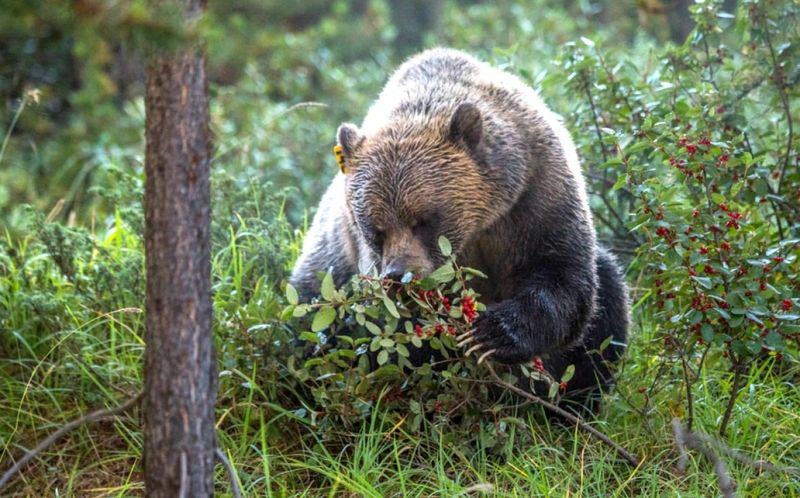
Nothing captures a bear’s attention quite like a hillside blanketed with ripe berries. From juicy blueberries to tart huckleberries, these fruits become a bear’s obsession in late summer.
Bears can spend up to 14 hours daily gorging on berries, consuming thousands of individual fruits. Their sensitive noses can detect ripe patches from remarkable distances.
3. Honey

The image of bears raiding beehives isn’t just cartoon fantasy—it’s reality! Their thick fur provides some protection against angry bees as they demolish hives for the golden treasure inside.
Bears value honey not just for its sweetness but also for the protein-rich bee larvae often consumed alongside it. A single hive raid can yield thousands of calories.
4. Nuts

Autumn brings a bounty of nuts that bears eagerly gather before winter. Pine nuts, hazelnuts, and acorns become prime targets as bears rake them from branches or forage through fallen leaves.
Rich in healthy fats and protein, nuts help bears pack on crucial pounds. Their dexterous paws and sensitive lips allow them to shell nuts with surprising precision.
5. Various Fish

While salmon gets all the glory, brown bears happily feast on trout, whitefish, and other aquatic species throughout the year. These opportunistic anglers use different techniques depending on water depth and clarity.
Some bears become specialists at flipping rocks to find hiding fish or scooping them from shallow pools. Coastal bears may even wade into surf to catch spawning fish.
6. Grass

After emerging hungry from hibernation, bears munch on fresh spring grasses to restart their digestive systems. Young, tender shoots provide essential nutrients when other foods remain scarce.
Bears select specific grass species for their nutritional content. Their bodies efficiently extract protein from these plants while their omnivorous digestive systems adjust to more substantial foods becoming available.
7. Insects

Flipping over rocks and logs reveals a bear’s favorite crunchy snacks—ants, beetles, and grubs. Using powerful claws, they’ll demolish rotting stumps and tear apart anthills to access these tiny, protein-rich morsels.
A bear’s long tongue proves perfect for lapping up insects. Some bears develop preferences for certain insect species, becoming expert hunters of particular bugs.
8. Small Mammals
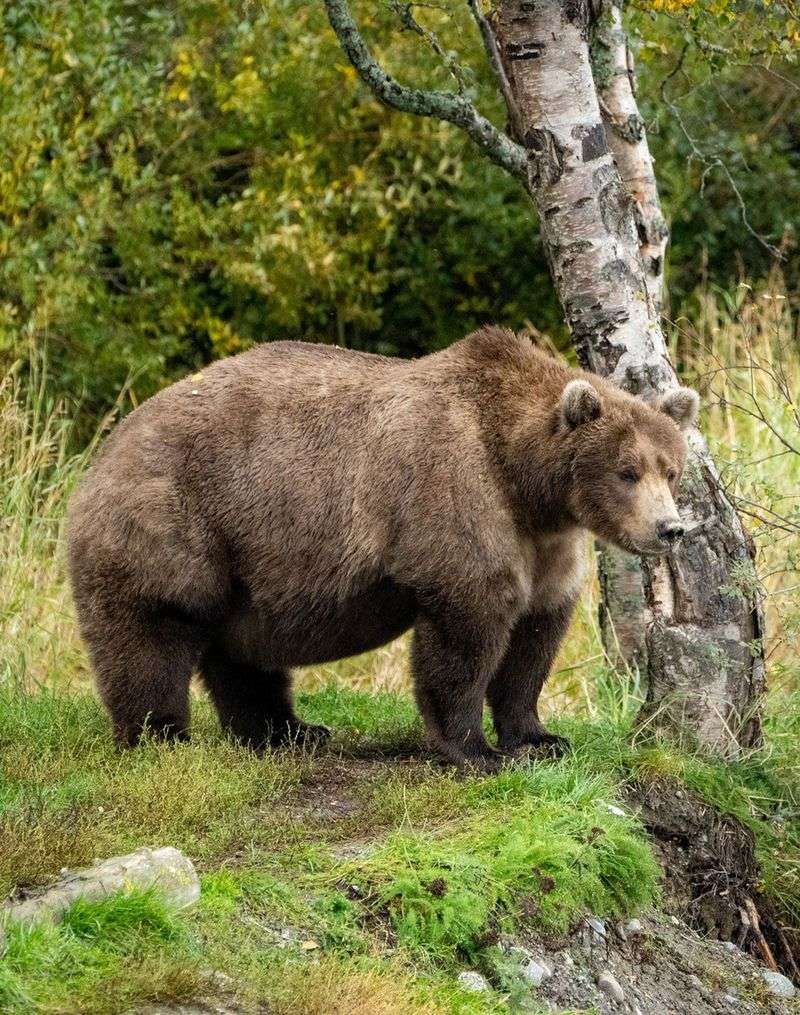
Despite their lumbering appearance, brown bears can move with surprising speed when pouncing on unsuspecting rodents or rabbits. These small mammals provide concentrated protein packages that require minimal energy to catch.
Bears use their acute sense of smell to locate burrows and nests. Young bears often practice their hunting skills on these smaller creatures before tackling larger prey.
9. Carrion
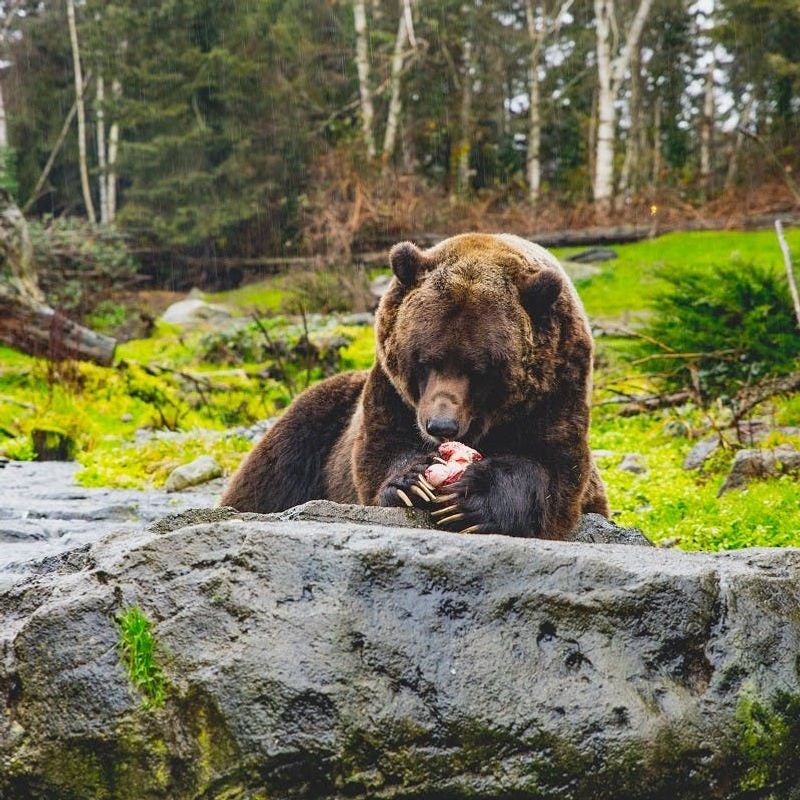
Bears’ legendary sense of smell—seven times more powerful than a bloodhound’s—leads them to carcasses miles away. Winter-killed animals provide crucial nutrition in early spring when bears emerge hungry from hibernation.
Their powerful jaws can crack bones to access nutritious marrow. Bears will sometimes cache larger carcasses, covering them with debris and returning to feed over several days.
10. Roots And Tubers

Bears transform into nature’s backhoes when digging for roots and tubers. Their massive front claws make quick work of soil as they unearth these starchy energy sources hidden beneath meadows.
Certain plant roots become seasonal staples in bear diets. Bears remember productive digging sites and return annually, their behavior creating natural disturbances that actually benefit plant diversity.
11. Mushrooms

Autumn rains bring forth fungi that bears eagerly sniff out from under forest duff. Their exceptional memory helps them return to productive mushroom patches year after year.
Bears show remarkable selectivity, avoiding toxic species while harvesting nutritious varieties. Certain mushrooms provide rare nutrients that help bears prepare for winter hibernation.
12. Vegetation
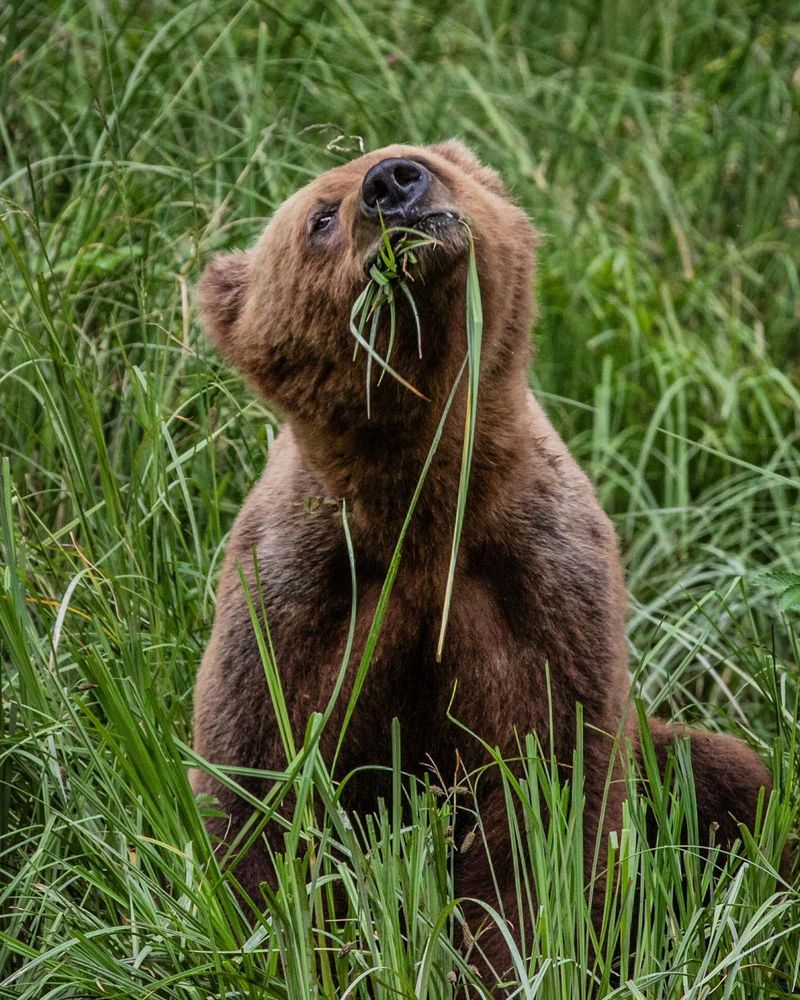
Bears munch through impressive amounts of leafy greens, from clover to dandelions. Coastal bears even wade into tidal areas to feast on protein-rich seaweed exposed during low tide.
These plant foods provide essential vitamins and minerals missing from meat-heavy diets. Bears select different vegetation throughout the seasons based on nutritional content and digestibility.
13. Deer

Though not their primary prey, brown bears won’t pass up an opportunity to take down a deer. Bears are especially likely to target vulnerable fawns in spring or weakened adults during harsh weather.
Their hunting strategy relies more on ambush than chase. After a successful deer kill, bears will often cover the remains and guard this valuable food cache against other predators.
14. Bird Eggs

Spring brings a bounty of bird nests filled with nutrient-dense eggs that bears eagerly raid. They’ll climb trees or investigate ground nests, using their sensitive nose to locate these hidden protein packages.
Bears show surprising dexterity when handling eggs. Colonial nesting birds like gulls are particularly vulnerable to bears that learn to target their dense breeding grounds.
15. Herbaceous Plants
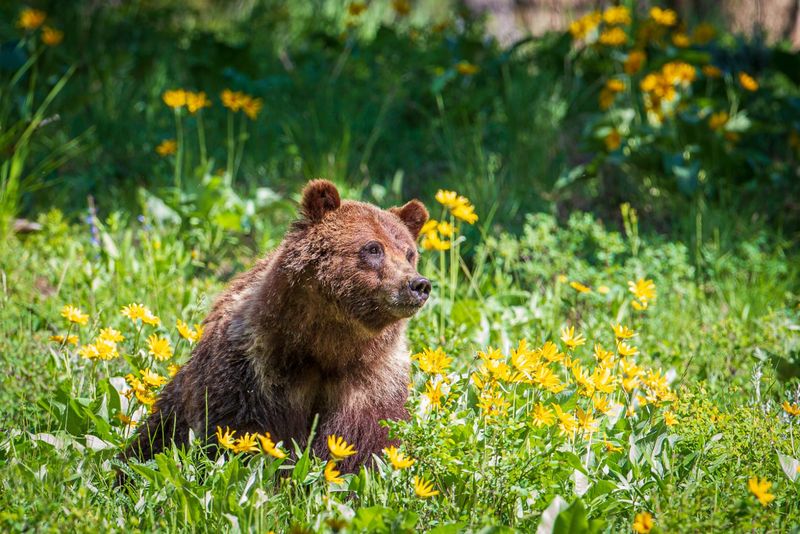
Bears graze through meadows like enormous lawnmowers, consuming vast amounts of herbaceous plants. They selectively choose the most nutritious species and plant parts while ignoring less digestible vegetation.
These plants help balance the bear’s diet, providing necessary fiber. Bears adjust their plant consumption seasonally, focusing on young growth highest in protein and lowest in difficult-to-digest compounds.

